I enjoyed learning about the history of ice skating last week and spent many evenings thinking about what it must have been like to enjoy a night of outdoor skating during the Victorian era. What kept coming to mind were images of bundled-up Victorians enjoying porcelain cups of hot chocolate at some point during their adventure. And then I started thinking: with all of the new innovations that were enjoyed in America and England in the 19th century, was hot chocolate one of them? Naturally, a history of hot chocolate post was meant to be created.
The history of hot chocolate does enjoy time in Europe, but it began far away in Mexico, another place of great interest to me. It was exciting to combine my passions for a post to welcome in winter.

A “loathsome” drink
It is a curious thing to see how certain things come to be enjoyed as food or drink. The combination of chocolate and sweetener is something few would consider intolerable today, but in the beginning, chocolate was consumed without any sweetener, and even at the time wasn’t considered a treat.
It is believed that the Mayans were the first to use the cocoa plant as an ingredient in a drink. It was mixed with other indigenous plants such as peppers, corn, and even vanilla, but remained bitter due to the lack of potent sweeteners. And the fact that it was considered a very bitter drink was not a matter of a difference in preferences due to time. A quote I came across by 16th-century Spanish missionary Jose de Acosta reads:
“Loathsome to such as are not acquainted with it, having a scum or froth that is very unpleasant taste. Yet it is a drink very much esteemed among the Indians, where with they feast noble men who pass through their country.”

Despite its unpleasant taste, cocoa and the drink made with it were considered delicacies in South America in pre-modern times, with it being reserved for use by the wealthy. It was because of this precious status that it was brought back to Europe after the Spanish invasion. Cortes’ armies stole valuables from the nobles during the invasion and cocoa was among them.
Hot chocolate for the masses
One of the earliest known printed recipes for hot chocolate was included in an entire book on the plant in 1631. A Curious Treatise of the Nature and Quality of Chocolate includes the following recipe for preparing the hot drink:
“Take one hundred cocoa beans, two chillies, a handful of anise seed and two of vanilla (two pulverized Alexandria roses can be substituted), two drams of cinnamon, one dozen almonds and the same amount of hazelnuts, half a pound of white sugar and enough annatto to give some color. And there you have the king of chocolates.”
Considering that nearly each of the ingredients was considered delicacies in the 17th century, you can imagine how expensive one pot was to make and how limited its use was. Chocolate would remain used as a beverage only for nearly two centuries, loved by the nobility and royal families throughout Europe, even included in doweries.

It is in the mid-1600s that we see the histories of coffee and hot chocolate merging a bit. Both plants had been brought to Europe in the previous century by explorers and as European countries gained wealth and power more of each became available and were eventually mass-produced on a limited scale, making them available to non-noble wealthy citizens as well.
There has always been a social association with coffee and to a lesser extent, hot chocolate. Once they became more readily available establishments were formed to allow wealthy men to come together to engage in conversation while having a cup or two. Queen’s Lane Coffee House in London was opened in 1654 and is believed to be one of the earliest of such places and certainly the oldest in existence, though private sellers were known to exist in the years prior.
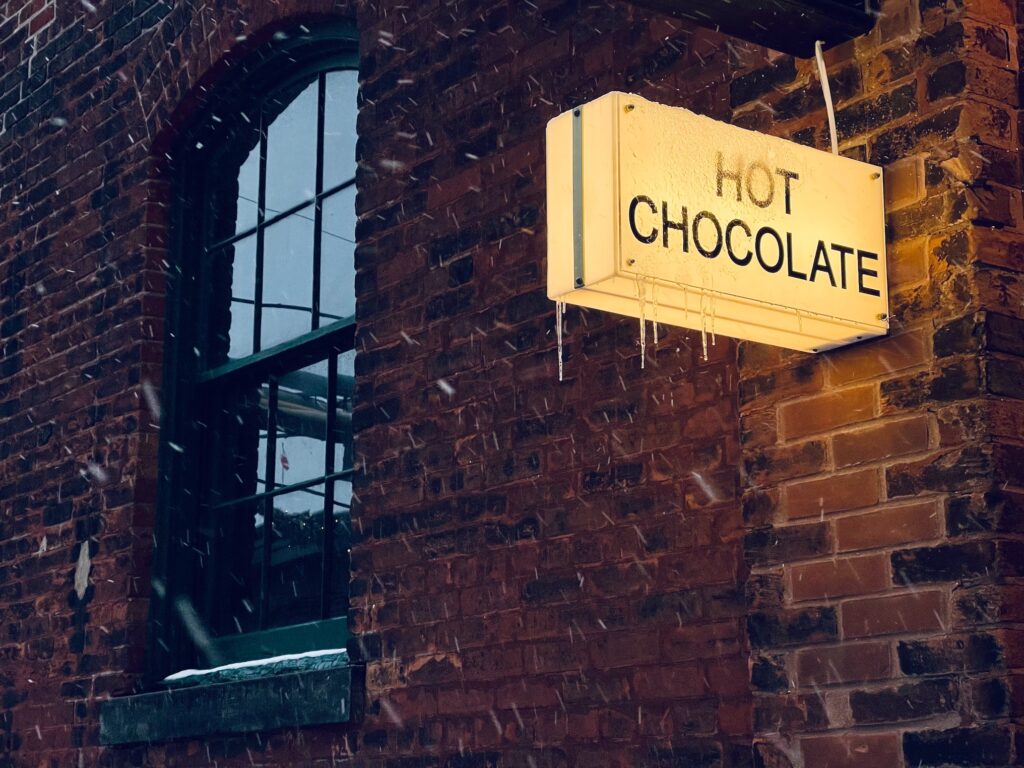
London must have never seen anything like the enjoyment of readily available hot chocolate. Private chocolate houses soon popped up all over the city, providing the opportunity to men to partake of the delicacy while engaging in debates over politics and gambling. They became so infamous that Charles II tried to ban them in 1675.
Hot chocolate as medicine? Yes please!
I think a lot of us would like to be prescribed hot chocolate to cure our ailments. That is exactly what many doctors in the 16th to 19th centuries did. Among the earliest references by European explorers to chocolate are mentions of its healing ability. One such reference from 1631 indicates that it was seen as quite the cure-all:
“It quite takes away the Morpheus, cleaneth the teeth, and sweeteneth the breath, provokes urine, cures the stone, and expels poison, and preserves from all infectious diseases.”
-Antonio Colmenero de Ledesma, Spanish physician

In reading various articles and blog posts on the topic in the last couple of weeks I have seen hot chocolate cited for being used to cure or treat the following conditions:
Stomach problems
Infections
Poor liver
Fatigue
Gout
Dysentery
Fevers
Rashes
Chest pain
Kidney issues
Smallpox
Greying hair
Syphilis
And it was also known for being a power aphrodisiac…
Some of the remedies may have even worked. This Smithsonian article explores the history of chocolate as medicine and notes the high nutritional value of the cocoa plant and the manner in which it was prepared before mass production, some ailments may have been eased by hot chocolate drinks.
Between the shift to milk chocolate as a preference, mass manufacturing of chocolate as a sweet treat, and the evolution of the medical industry, physicians have stopped prescribing hot chocolate as a treatment. However, the interest in the possible benefits of consuming chocolate remains. And for me, it will remain one of my favorite remedies for a case of the blues.
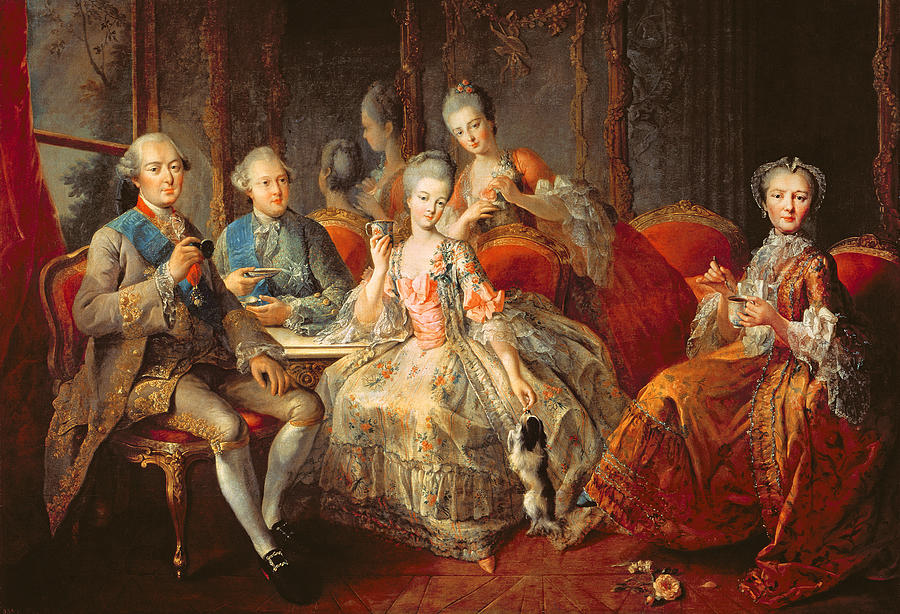
Hot chocolate around the world
I came across many different regional traditions for preparing and enjoying hot chocolate as I was preparing this post. I thought including them here would make for a fun read as we head into the cold season and begin to think about yummy ways to enjoy it.
Samoa: hot chocolate is prepared straight from the plant and cooked in a large teapot. It is mixed with sugar and water and includes chunks of cacao that people enjoy chewing when they finish their cup.
Spain: thick hot chocolate is enjoyed with churros as a common breakfast.
Belgium: chocolate chips are served alongside a hot cup of milk to be added together as desired.
Austria: Hot chocolate is mixed with egg whites for thickness.
Columbia: a perfectly prepared cup of hot chocolate is mixed with a piece of salty cheese, creating a salty sweet snack.
Hungary: hot chocolate is topped with paprika, cloves, and pepper.
China: hot chocolate is topped with rock salt and cream cheese whip.
More winter fun:
Please party guests this season with mulled wine



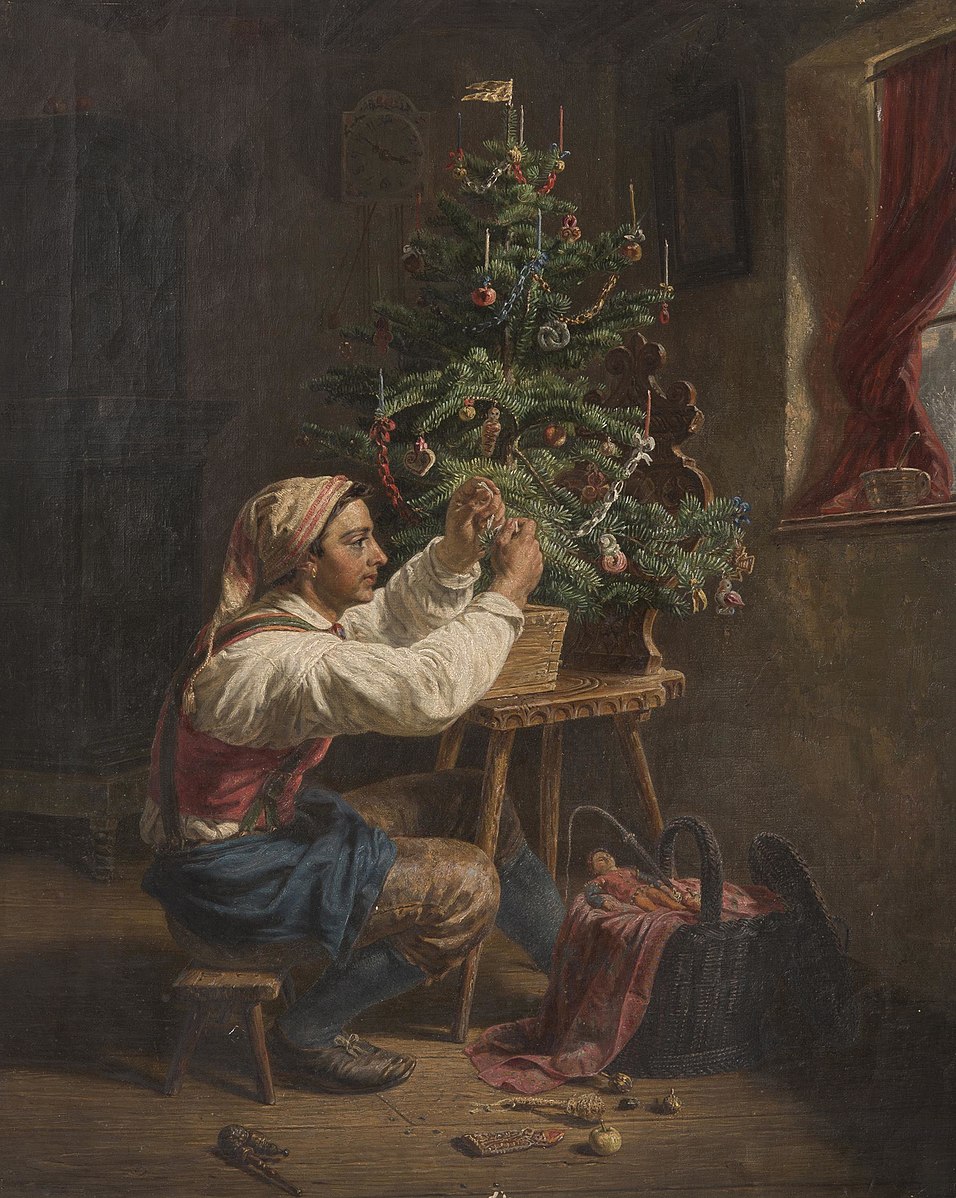



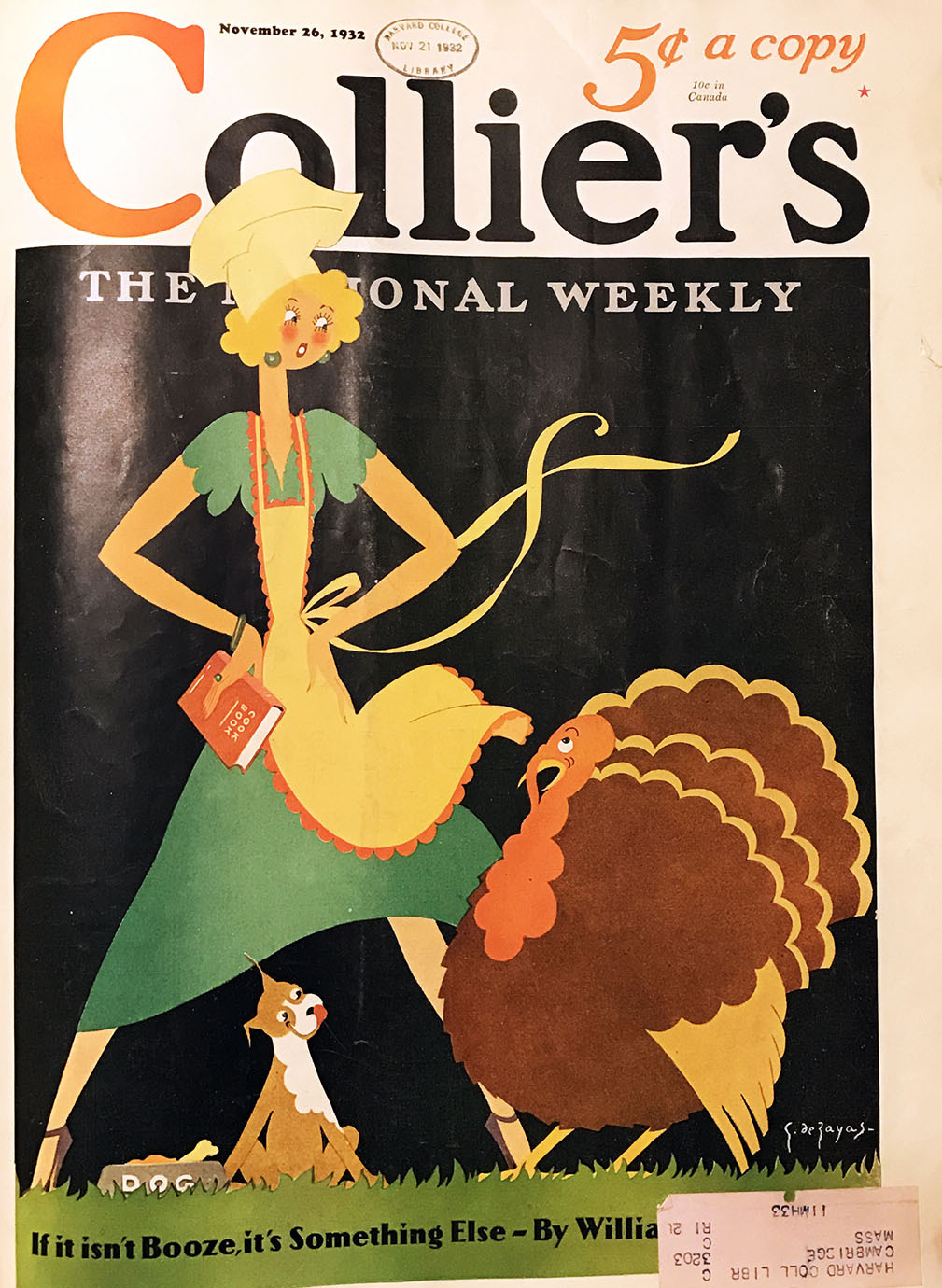

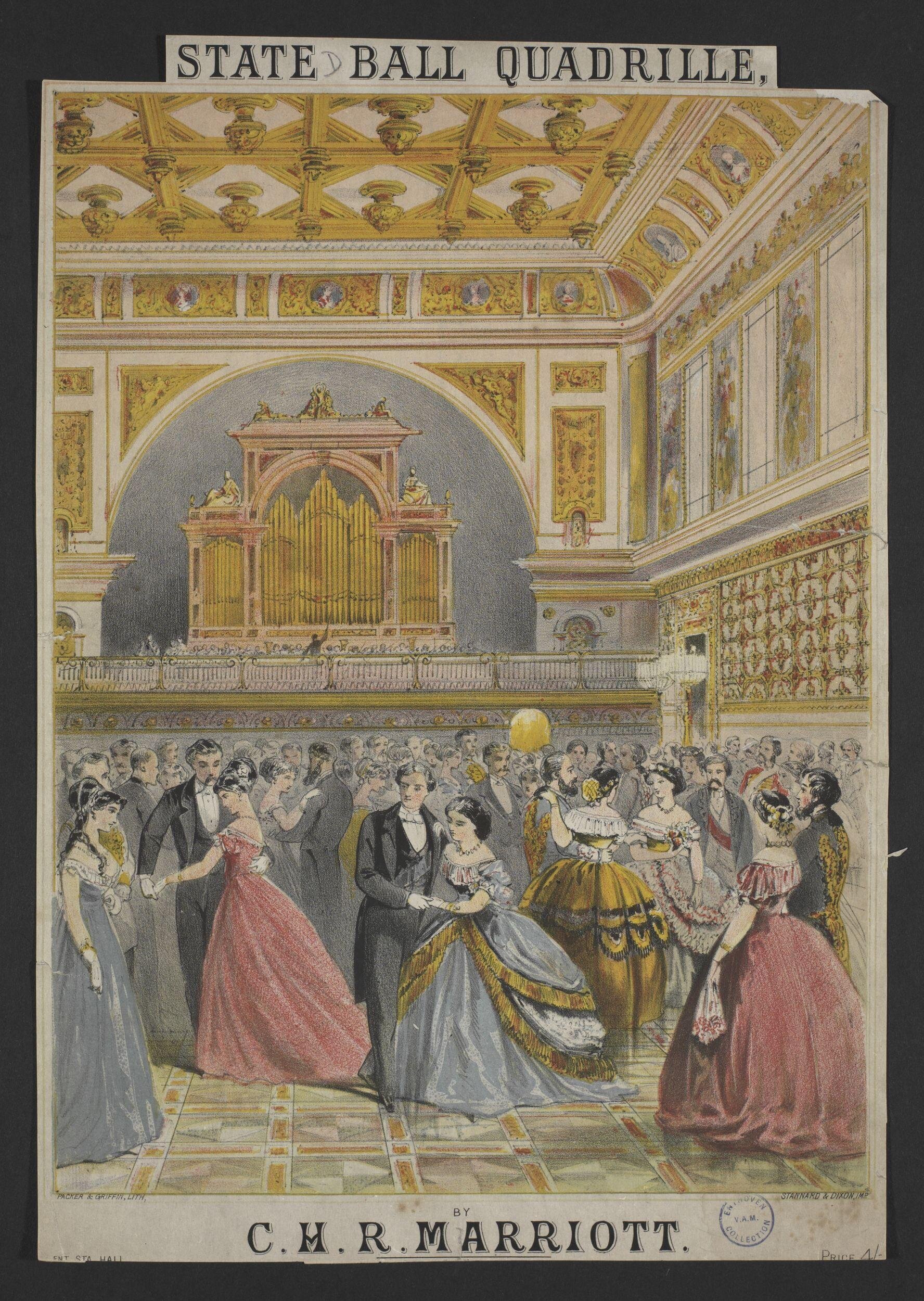



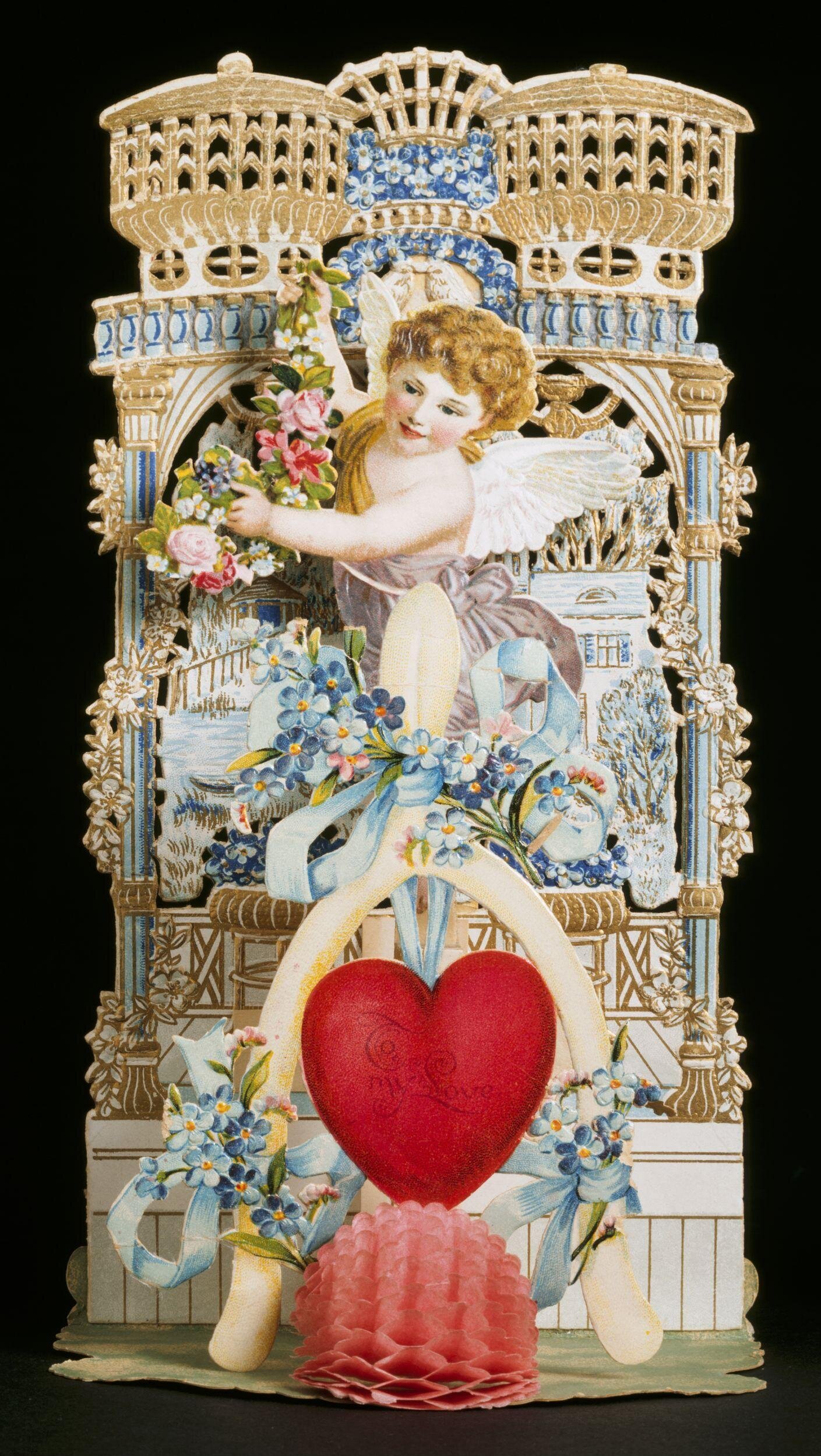
I enjoyed this very informative post, as the history of food has been an interest of mine since childhood. The story of chocolate’s transition from a beverage to an ingredient in candy and cakes is a tale in itself. Most writers of historical fiction/romance assume we’ve always had chocolate candy and chocolate cakes. In the 18th and early 19th century cookbooks I consult, I have found fewer than half a dozen recipes for foods flavored with chocolate. One was a hard candy and one was a chocolate mousse-like dish. Given the popularity of chocolate as a drink, you might think it would have migrated into food almost at once. But it was the mid-19th century before chocolate candy as we know it became possible with the invention of the Dutch process, which reduced the acidity of the cocoa beans. Interestingly (I think it’s interesting, anyway), this came at virtually the same time as the invention of baking soda and baking powder, which meant there was a way of making baked goods rise apart from yeast or beaten eggs (pound cake).